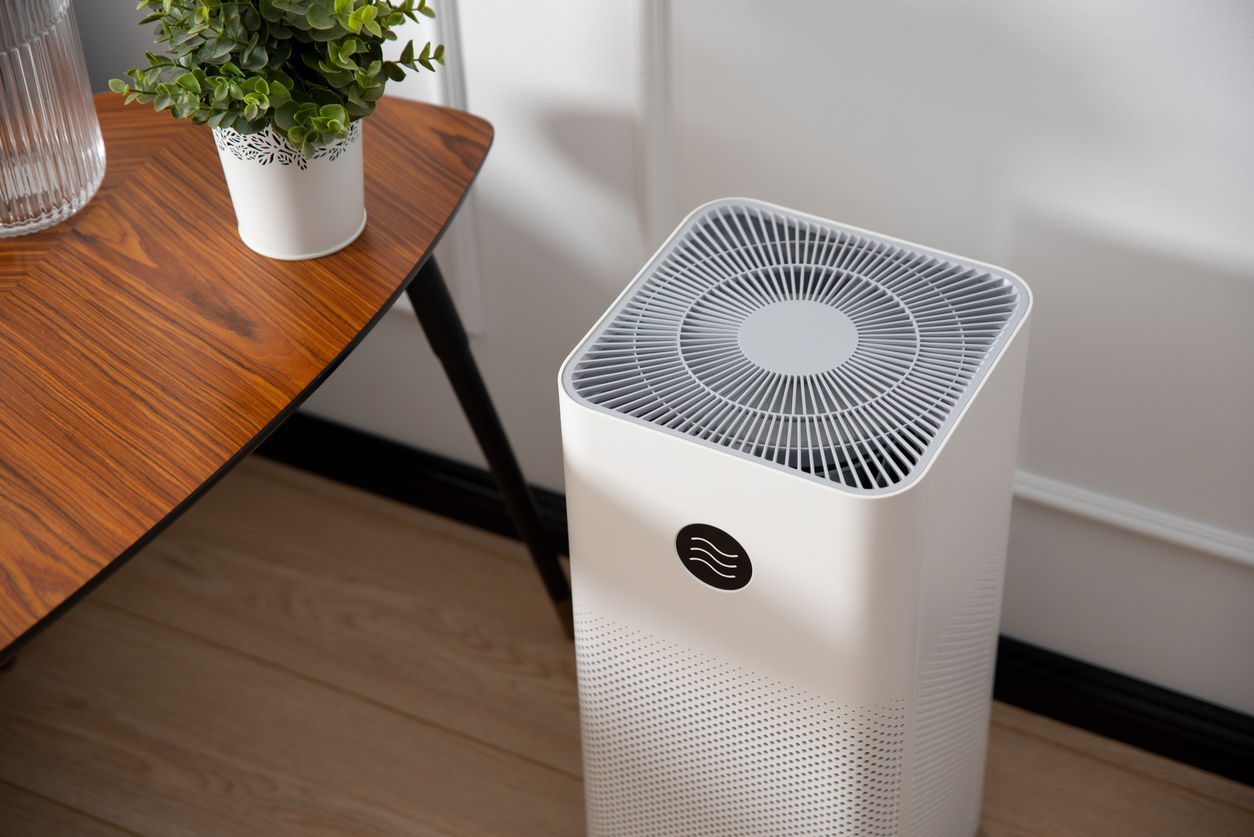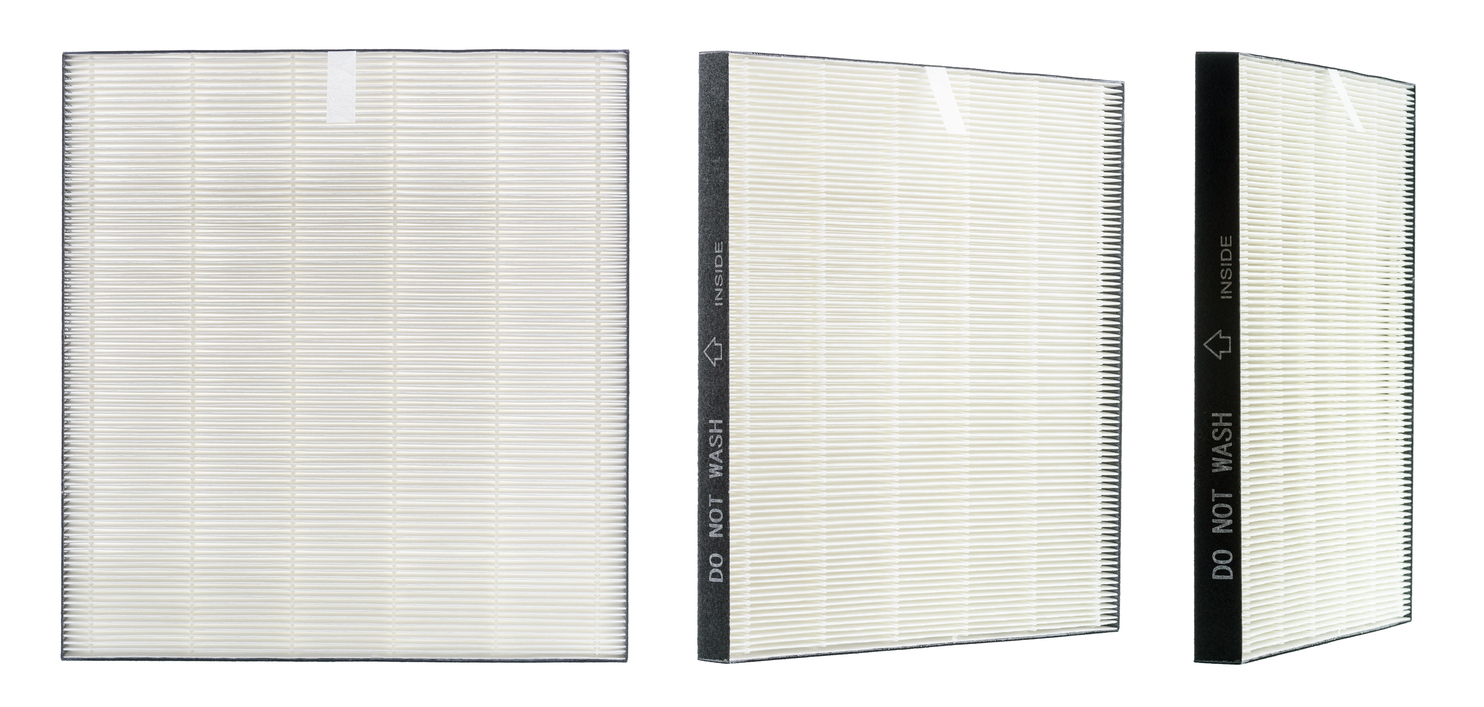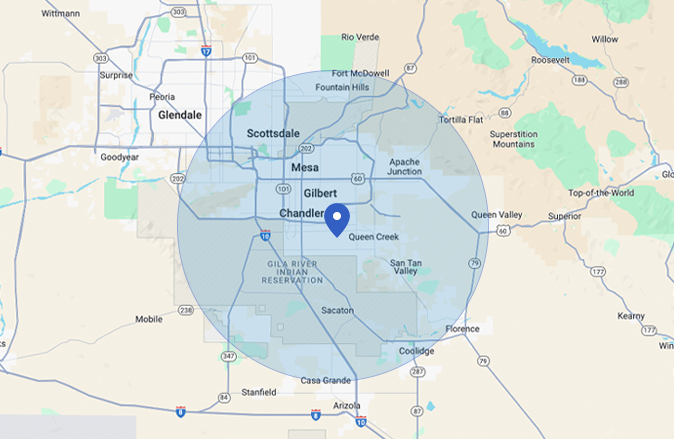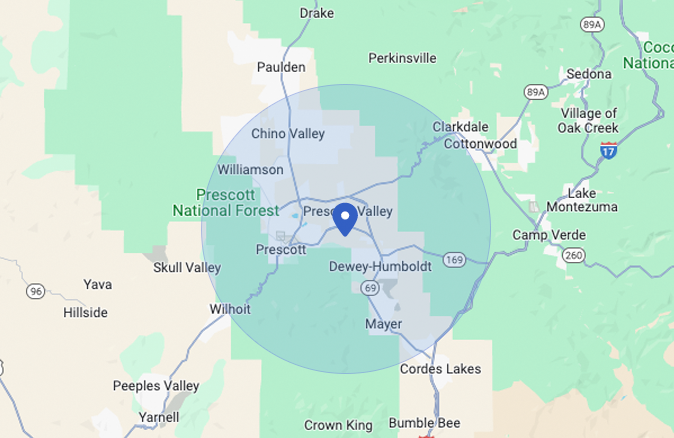clean air is essential for your health and well-being. Poor indoor air quality can lead to respiratory issues, heart problems, and other health conditions.
According to the Environmental Protection Agency (EPA), indoor air can be two to five times more polluted than outdoor air. An air purifier helps improve indoor air quality, making your home a healthier place to live.
Our indoor air quality experts have written this guide to help you understand why you should invest in an air purifier and how to choose the right one for your home.
Table of Contents
- What Does an Air Purifier Do?
- Health Benefits of Clean Air
- Types of Air Purifiers
- Key Features to Consider
- Other Ways to Improve Indoor Air Quality
- Contact Wolfgangs for More Information
What Does an Air Purifier Do?

Air purifiers draw in air through a series of filters, removing pollutants and allergens before circulating clean air back into the room. Most purifiers use a combination of filters, including HEPA filters to capture fine particles, and activated carbon filters to absorb odors and gasses.
Aside from improving your respiratory health, circulation, and overall physical wellness, there are several other ways an air purifier can help.
Reduces Allergen Concentration
Dust, pollen, pet dander, and other allergens can accumulate in your home’s air, leading to health problems and discomfort. By reducing the concentration of allergens in your home, an air purifier can alleviate your symptoms, improving your health and comfort levels.
Removes Smoke Particles
The detrimental effects of tobacco smoke in your home are well-understood. However, many people do not know that smoke traveling from wildfires in distant states and countries can significantly affect indoor air quality. An air purifier will protect you from the detrimental effects of smoke, regardless of its origin.
Eliminates Volatile Organic Compounds (VOCs)
Volatile organic compounds (VOCs) are a group of compounds present in countless daily use products that cause various negative health effects like headaches, nausea, and nose and throat discomfort.
Examples of products that contain VOCs include:
- Paint
- Varnish
- Wax
- Cosmetics
- Air fresheners
An air purifier will reduce the amount of VOCs in your home’s air.
Health Benefits of Clean Air
Asthma and Respiratory Relief
Clean air reduces the presence of allergens and irritants that can trigger asthma attacks and allergic reactions. Investing in an air purifier is particularly beneficial for senior citizens and those with respiratory health issues.
Improved Sleep Quality
Better air quality can lead to more restful sleep by reducing nighttime allergies and breathing difficulties. With how important quality sleep is, you can think of investing in an air purifier as establishing a higher baseline for your day.
Enhanced Mental Clarity and Focus
Clean air can improve cognitive function and overall mental health.
Choosing the Best Home Air Purifiers
If you are looking to choose the best home air purifiers, we recommend the following types. If you are having trouble choosing, we can help you determine the type of air purification system that best suits your home’s needs.
Keep in mind there are other types of air purifiers on the market, like ozone generators and electrostatic precipitators (which also produce ozone). However, these are not recommended because of ozone’s potentially harmful effects.
Mechanical Filters

Use fans to force air through a high efficiency particulate air (HEPA) filter. These mesh filters capture 99.97% of particles as small as 0.3 microns, including dust, pollen, and smoke.
To ensure optimal performance, make sure to replace HEPA filters every 6-12 months. Check for a certificate of compliance on your filter to make sure it is authentic.
Activated Carbon Filters
Also known as activated charcoal filters, activated carbon filters can effectively remove harmful gasses, offensive odors, and VOCs from your home’s air. They do not require a fan to operate.
While they are good at making your home’s air feel noticeably fresher, they cannot remove fine particulate matter like mold, dust, and pollen.
They are often paired with mechanical filters for comprehensive air purification.
Activated carbon filters typically need to be replaced every 3 months.
Ultraviolet Germicidal Irradiation (UVGI)
These air purification systems use UV light to kill airborne viruses, bacteria, and spores. While there is some research that suggests UV air purifiers effectively remove bacteria from the air, these systems are unable to filter out harmful particles and VOCs.
If you are interested in a UV air purifier, we recommend pairing it with mechanical filters and activated carbon filters for comprehensive air cleaning.
Key Features to Consider
After you’ve decided the type of air purifier you’d like to use, consider the following factors to help you make your final decision.
Filter Efficiency (HEPA vs. HEPA-like)
Make sure the product you are purchasing is HEPA certified. A HEPA certified product is certified to capture 99.97% of particles 0.3 microns or larger. While non-HEPA air filters can somewhat improve your indoor air quality, they are not as effective as a true HEPA filter.
Clean Air Delivery Rate (CADR)
Clean Air Delivery Rate (CADR) measures the volume of clean air delivered per minute. Higher CADR means more efficient purification. Air filters are rated for the most common indoor irritants: tobacco smoke, pollen, and dust.
Consider which of these pollutants causes the most problems for you when selecting an air purifier.
Room Size Compatibility
Calculate the square footage of your room by multiplying its length by its width. You will want to choose an air purifier with a CADR rating of at least ⅔ of a room’s area in square feet. For example, a 150 square foot room needs a system with a CADR of at least 100.
If the room you are placing the purifier in has high ceilings, opt for a unit with a higher CADR to account for the additional volume of air. Large or irregularly shaped rooms may require multiple air purifiers for comprehensive coverage.
Keep in mind that not all manufacturers provide a CADR rating since it is a voluntary program through the Association of Home Appliance Manufacturers. However, units without CADR ratings typically have their own room size guidelines.
Additional Features
While not essential to the functionality of the air purification system, features like WiFi connectivity, remote controls, air quality sensors, and filter replacement indicators can make your air purifier much more convenient and effective.
Other Ways to Improve Indoor Air Quality
If you are looking for ways to improve your indoor air quality unrelated to purchasing an air purifier, consider these tips.
Vacuum Regularly
Use a vacuum cleaner with HEPA filtration to remove allergens and pollutants from floors, carpets, and furniture.
Use Exhaust Fans
Regular use of exhaust fans will remove excess moisture from kitchens, bathrooms, and laundry rooms.
Ventilate
Regularly open windows to let fresh air in. An operational air purifier will remove pollen that enters your home with this, leaving you with all the benefits and none of the downsides.
Reduce Chemical Use
Opt for natural cleaning products and store paints and insecticides away from living areas.
Contact Wolfgangs for More Information
Choosing the right air purifier involves understanding your specific needs and evaluating different features.
By following this guide, you can create a healthier, more comfortable living environment. For personalized assistance, contact Wolfgangs Cooling, Heating & Plumbing at (928) 767-8905. Our experts are ready to help you find the best air purifier for your home.








